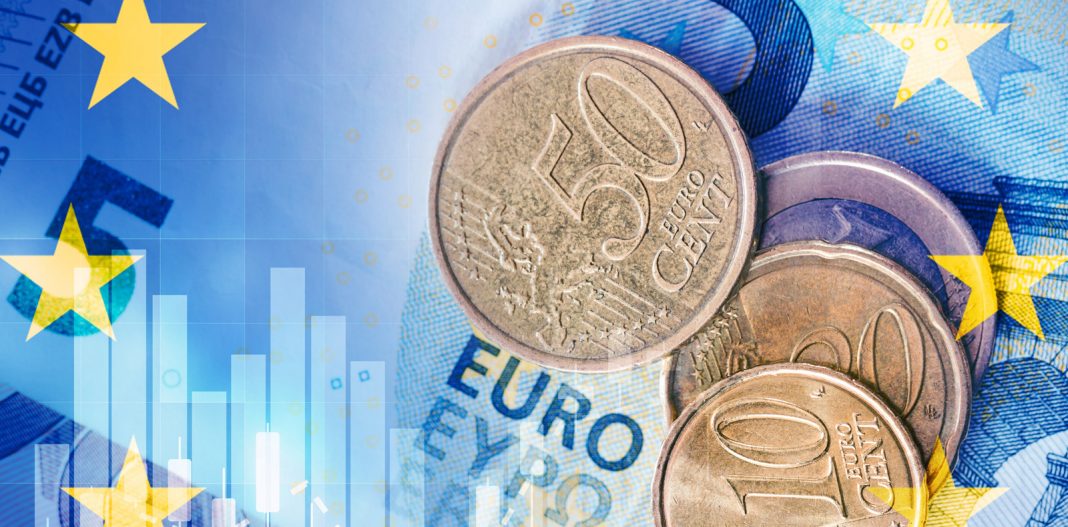EURUSD turned lower on Monday after the recent rally took the prices to one-month highs marginally above 1.10. The euro came under pressure as dollar demand picked up across the board on the renewed risk aversion amid rising tensions between the US and China over the coronavirus crisis.
The common currency dipped to the 1.09 figure while bullish attempts were capped by the 50-daily moving average earlier in the day. Another series of dismal economic data out of the Eurozone added to the negative sentiment surrounding the euro. The manufacturing PMI slumped to 33.4 in April from 44.5, its lowest since the survey began in 1997. In Germany, the manufacturing Purchasing Managers’ fell to 34.5, the lowest reading since March 2009, from 45.4 in the previous month.
Also, the selling pressure came from the latest ECB survey, as the central bank officials now expect the region’s economy to contract by 5.5% in the first quarter. As a reminder, the monetary authorities forecasted GDP growth by 1.1% this year. As for other estimates, the ECB now expects the unemployment rate to rise to 9.4% this year from 7.5% while inflation is expected to slow to 0.8% from 1.2%.
This coupled with a widespread dollar demand sent EURUSD lower. As a result, the daily RSI turned lower, suggesting further weakness may be ahead, at least in the short term. If the pressure persists, the pair could target the 1.0870 intermediate support and extend losses below 1.08. On the other hand, should risk sentiment improve any time soon, the common currency will climb from the current levels and get back above the mentioned moving average around 1.0960.
On Tuesday, fresh economic data out of the Eurozone and the United States could affect the pair’s short-term dynamics. In the US, the ISM service data will be in focus. The figures will likely reflect a sharp decline in activity amid the coronavirus pandemic. As a result, risk-off sentiment may persist and cap the upside attempts in the EURUSD pair.



























